When winter arrives and the roads get covered in snow and ice, having a vehicle that can handle those conditions becomes paramount. Trucks are often thought of as being well-suited for driving in wintry weather, but is that really the case? The answer is: that it depends on the truck. Let’s take a closer look.
| Factors | Advantages for Snow | Disadvantages for Snow |
|---|---|---|
| Weight Distribution | – Evenly distributed weight improves traction – Loaded truck beds shift weight forward | – Rear weight bias causes poor traction and oversteer when accelerating |
| Drive Type | – Four-wheel drive maximizes traction | – Many trucks come standard as rear-wheel drive which struggles in snow |
| Tires | – Dedicated winter/snow tires provide maximum grip | – All-season tires compromise snow performance |
| Ground Clearance | – Higher clearance prevents getting stuck in deep snow | – Lower clearance increases risk of bottoming out |
Why Some Trucks Struggle in the Snow While trucks have certain advantages like higher ground clearance and available four-wheel drive, there are reasons why they may not excel on snowy roads:
Weight Distribution:
Trucks have most of their weight towards the rear, especially when the bed is empty. This rear weight bias can cause poor traction on slick surfaces.
- The evenly distributed weight provides better traction on slippery surfaces
- Loaded truck beds help shift weight forward for improved front-end grip
- Rear weight bias can cause loss of traction and oversteer when accelerating
Rear-Wheel Drive:
Many trucks come standard as rear-wheel drive models. Rear-wheel drive vehicles struggle significantly more in snow compared to front or all-wheel drive.
- The inherent drawback for snow/ice traction compared to the front or all-wheel drive
- Rear wheels spinning can break traction easily on slick surfaces
- Consider adding traction aids like sandbags over the rear axle
What Makes a Truck Snow-Worthy? To perform well in winter driving, a truck needs the right combination of features:
Four-Wheel/All-Wheel Drive (4WD/AWD):
Sending power to all four wheels maximizes traction on snowy roads. 4WD is ideal for deep snow while AWD works well in lighter snow.
- 4WD provides maximum traction by powering all four wheels
- Traditional 4WD systems require driver input to engage
- Great for deep snow, off-road conditions
- AWD automatically powers all wheels when slippage occurs
- Better for light snow/ice on paved roads
- Always engaged, no driver input required
Weight Distribution:
A properly weighted front end improves traction control. Adding weight over the rear axle also helps.
- Proper weight balance is crucial for optimal traction in snow/ice
- Loaded truck beds help shift weight forward for better grip
- Rear weight bias can cause loss of traction and oversteer
- Consider adding weight (sandbags, etc.) over the rear axle
Tires:
Dedicated winter/snow tires with deeper treads are a must for maximum grip on ice and packed snow.
- Dedicated winter/snow tires are a must for maximum grip
- Deeper, more aggressive tread patterns provide better snow evacuation
- The soft compound increases flexibility for better contact on ice
- All-season tires are a compromise, not ideal for deep winter conditions
Ground Clearance:
Having higher ground clearance prevents getting stuck in deep snow drifts or unplowed areas.
- Higher ground clearance prevents getting stuck in deep snow
- Allows driving over unplowed areas, and drifts without bottoming out
- Provides clearance to traverse over built-up ice and packed snow
- Many trucks offer 8-10+ inches of ground clearance from the factory
Top Truck Recommendations for Driving in Snow Here are some of the best truck models for winter weather, along with pricing and specs:
| Truck Model | MSRP Range | Engine Options | 4WD/AWD | Max Ground Clearance |
|---|---|---|---|---|
| Ford F-150 4×4 | $29,290 – $70,825 | 3.3L V6, 2.7L V6 Turbo, 3.5L V6 Turbo, 5.0L V8, 3.5L V6 Hybrid | Available 4WD with electronic shift-on-the-fly | Up to 11.6 inches |
| Ram 1500 4×4 | $35,900 – $63,390 | 3.6L V6, 5.7L V8, 3.0L V6 Diesel | Available 4WD system | Up to 10.7 inches |
| Chevrolet Silverado 1500 4WD | $33,800 – $61,500 | 2.7L Turbo, 5.3L V8, 6.2L V8, 3.0L Duramax Turbo Diesel | Standard 4WD and Autotrac 2-speed transfer case | Up to 10.8 inches |
| Toyota Tundra 4×4 | $36,965 – $55,285 | 3.5L V6 Twin-Turbo or Hybrid | Part-time 4WD with active traction control | Up to 10.2 inches |
- Ford F-150 4×4
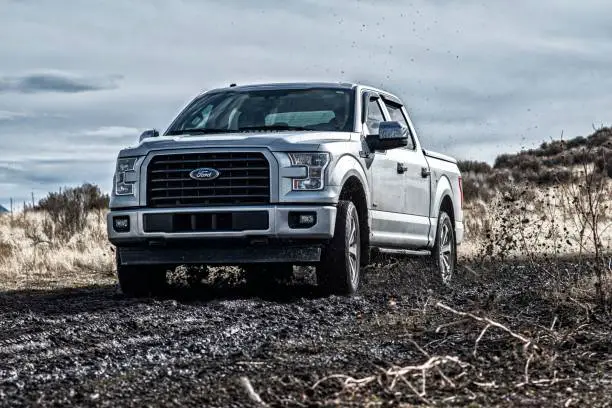
- MSRP: $29,290 – $70,825
- 3.3L V6, 2.7L V6 Turbo, 3.5L V6 Turbo, 5.0L V8, 3.5L V6 Hybrid engine options
- Available 4WD with electronic shift-on-the-fly
- Up to 11.6 inches of ground clearance
- Ram 1500 4×4
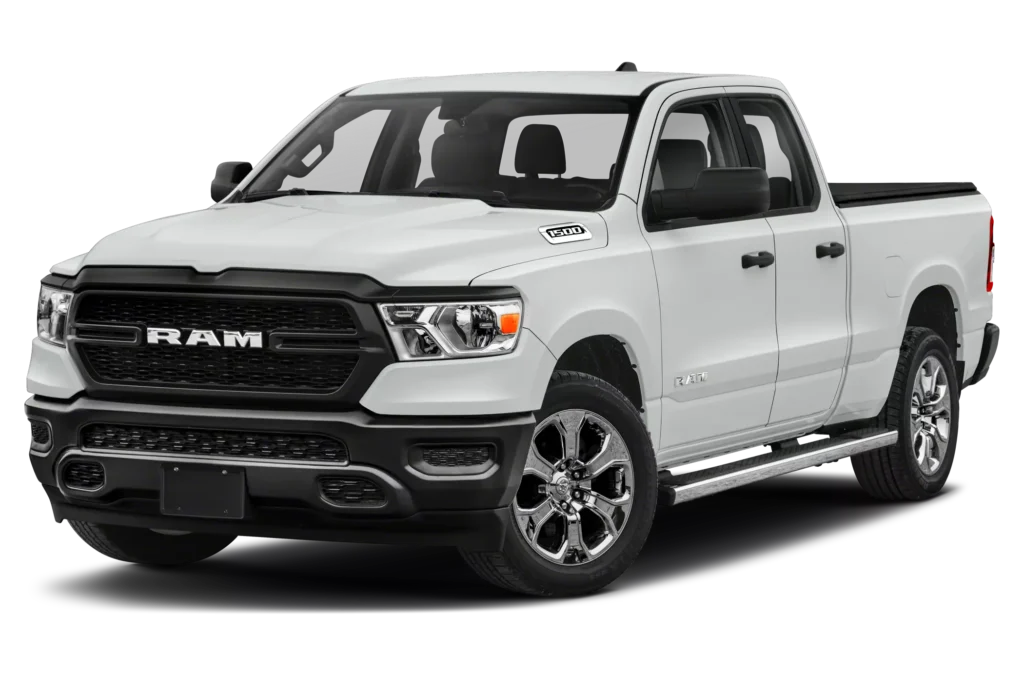
- MSRP: $35,900 – $63,390
- 3.6L V6, 5.7L V8, 3.0L V6 Diesel engine choices
- Available 4WD system
- Up to 10.7 inches of ground clearance
- Chevrolet Silverado 1500 4WD
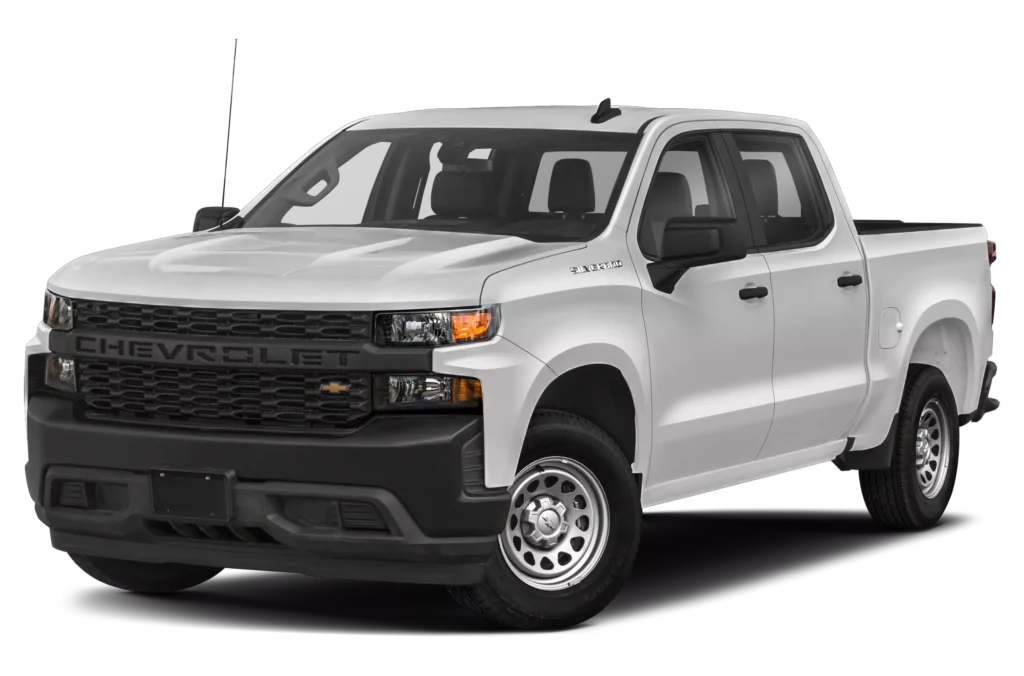
- MSRP: $33,800 – $61,500
- 2.7L Turbo, 5.3L V8, 6.2L V8, 3.0L Duramax Turbo Diesel engines
- Standard 4WD and Autotrac 2-speed transfer case
- Up to 10.8 inches of ground clearance
- Toyota Tundra 4×4
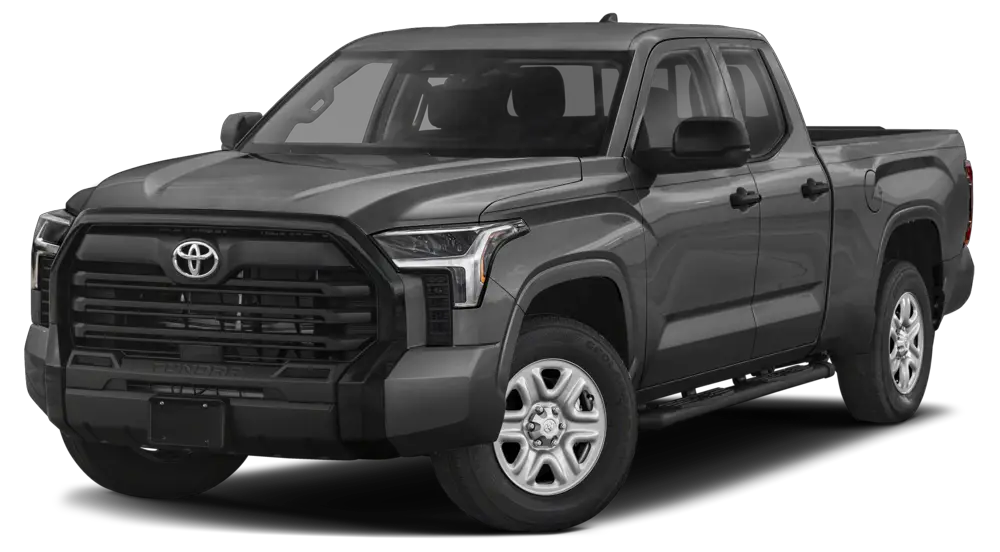
- MSRP: $36,965 – $55,285
- 3.5L V6 Twin-Turbo or Hybrid engine
- Part-time 4WD with active traction control
- Up to 10.2 inches of ground clearance
The key things to look for are four-wheel/all-wheel drive capability, higher ground clearance, and good tire options. Properly equipped with the right tires, these tough trucks can be excellent choices for winter driving, allowing you to conquer snowy roads with confidence. Of course, safe driving practices are still essential no matter what vehicle you drive in inclement conditions.
Also Read:
- 2024 Lexus GX vs 2024 Land Cruiser: Which Luxury Off-Roader is Right for You?
- 4×4 SUVs Explained: An Ultimate Guide to Off-Road Adventure
- Suzuki Jimny is the Smallest off-road Car – SuvExtreme
- Unleashing the Volvo XC90: A Deep Dive into its Off-Road Prowess

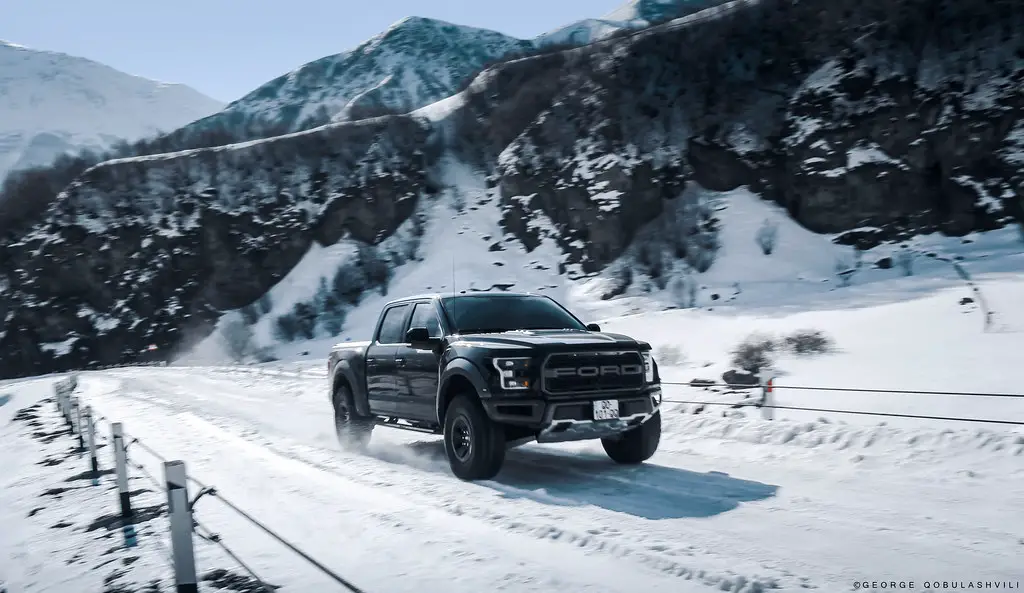

[…] How Well Trucks Perform in Snow? Are Trucks Good in the Snow? […]
[…] How Well Trucks Perform in Snow? Are Trucks Good in the Snow? […]